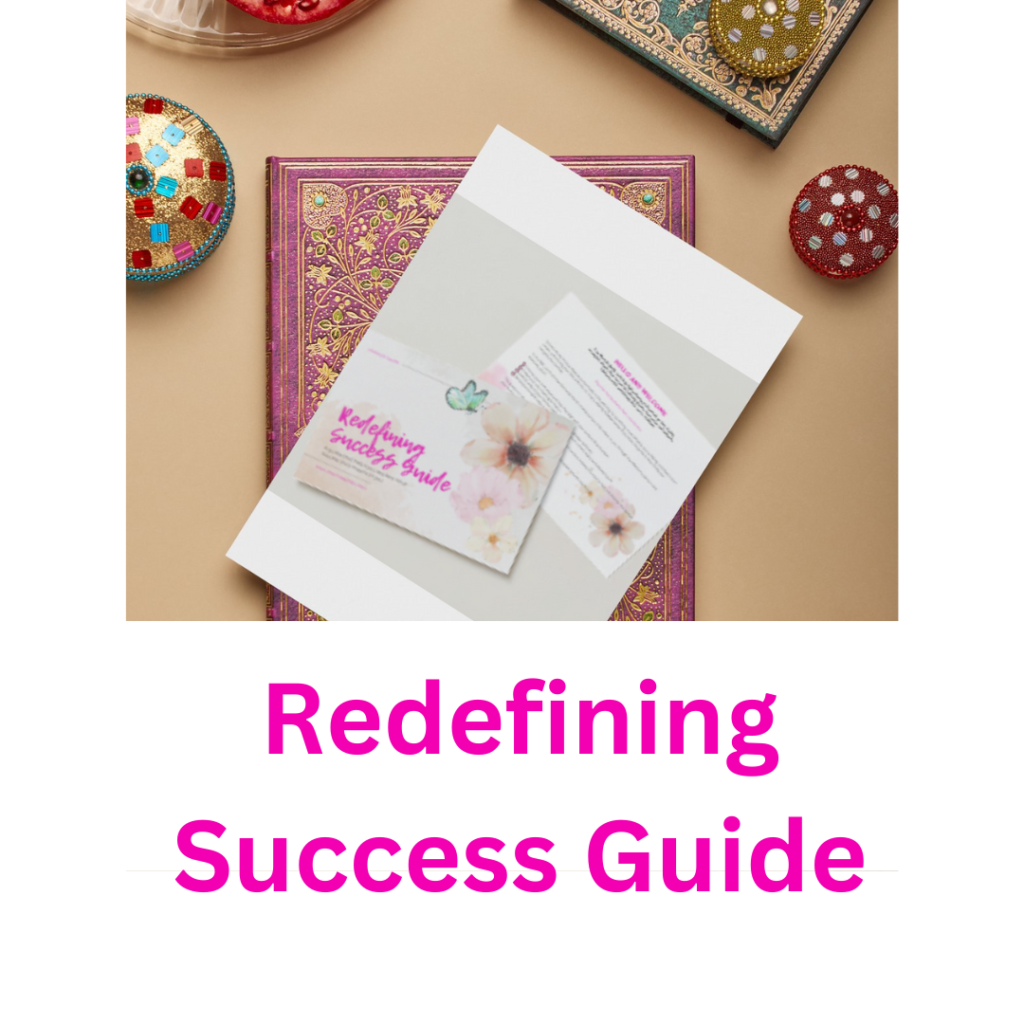Setting Healthy Boundaries
As a small business owner, Sally initially believed her team’s happiness equated to her company’s success. She bent over backwards to accommodate every need from client and the team, striving to create a positive and supportive work environment. This constant effort to please began to backfire. Sally found herself depleted, overwhelmed, and her own priorities consistently sidelined. She realised she couldn’t effectively lead her business without setting boundaries, even if it meant potentially disappointing someone along the way.
Sally’s people-pleasing spiraled out of control, affecting everything. She was drowning in late nights, doing work her team should have handled. The exhaustion bled into her personal life. Her fear of upsetting anyone paralysed her decision-making, leading to project stalls and missed deadlines that damaged the business.
After one particularly challenging meeting where her indecisiveness derailed a critical project, Sally was forced into self reflection and that something had to change. How could she break free from this habit without alienating her team, her clients and harming her business further?
Does this sound familiar?
You’re Not alone
Many of us struggle with the balance between pleasing others and maintaining our own well-being. Transitioning from being a people pleaser to setting healthy boundaries is a significant personal growth journey. As a people pleaser, you might struggle with feelings of guilt when saying “no” or establishing limits, fearing that you may disappoint others or disrupt harmony.
However, as you learn to prioritise your well-being, you’ll discover that setting boundaries is essential for maintaining your emotional health and developing healthier relationships.
Self-awareness
This process requires self-awareness to identify your personal limits, whether emotional, time-related, or energy-based and the courage to communicate these boundaries clearly. Practicing assertiveness can help you overcome the fear of rejection and reinforce the idea that respecting your own needs is not selfish but necessary for genuine connections.
When we begin the journey of saying “no” and setting healthy boundaries, it can have surprising and sometimes uncomfortable consequences. One of the first things we encounter is our own mindset. Our habitual ways of thinking can become powerful traps, especially when it feels easier to focus on external factors than to examine our own role in each situation.
Negative thought cycles often keep us looking outward, searching for reasons in circumstances or blaming others. While this approach might offer some temporary relief, it rarely brings real peace or lasting solutions.
The good news? Breaking this cycle starts with a single, empowering step: pausing to ask, “What’s my part in this?” and “How can I shift my response?” In that moment of self-reflection, we begin to recognise what truly drives these patterns and can make choices that honour our needs.
Being tested.
Once we commit to change, we’re often tested.
People around us, especially those used to the “old us” may resist, question our motives, or openly push back. They knew we were and they want that “old” self back. Some may even try to use guilt to steer us back to our former ways. This can feel uncomfortable and unsettling as we redefine boundaries within familiar relationships. Yet, each time we hold our ground, we affirm our own worth and strengthen our sense of self.

5 Top Tips
And here are my tried and tested top 5 tips for setting healthy boundaries:
-
- Respect. Respect yourself first and formost. Then Respect others’ values, beliefs, and opinions, even if they differ from your own.
- Show gratitude. When others respect your boundaries, thank them to reinforce your position and acknowledge their efforts
- Communicate clearly. Let others know what you want and need, and what will happen if your boundaries aren’t respected.
- Be consistent. Practice the same boundaries with the same people as much as possible.
- Don’t take their push back personally. When this happens, it’s about them, and not you. Stay in your lane, you’ve got this.
Sally discovered true leadership wasn’t about pleasing everyone; it was about building a supportive and accountable environment where everyone, including herself, could succeed. She began implementing the boundary-setting techniques above. At first, her team was surprised by her new approach, but over time, they came to respect her more for her authenticity and clear direction. Projects began moving forward more efficiently, and Sally found herself with more energy both at work and in her personal life.
Create Space
Remember, setting boundaries is not about shutting others out; rather, it’s about creating space to respect both ourselves and our relationships. Though it may feel challenging, every moment you stand firm in your “no” is a powerful affirmation of your value and well-being. And what I hope for you is that you develop relationships that honour who you are, setting a foundation for genuine connection and growth.

